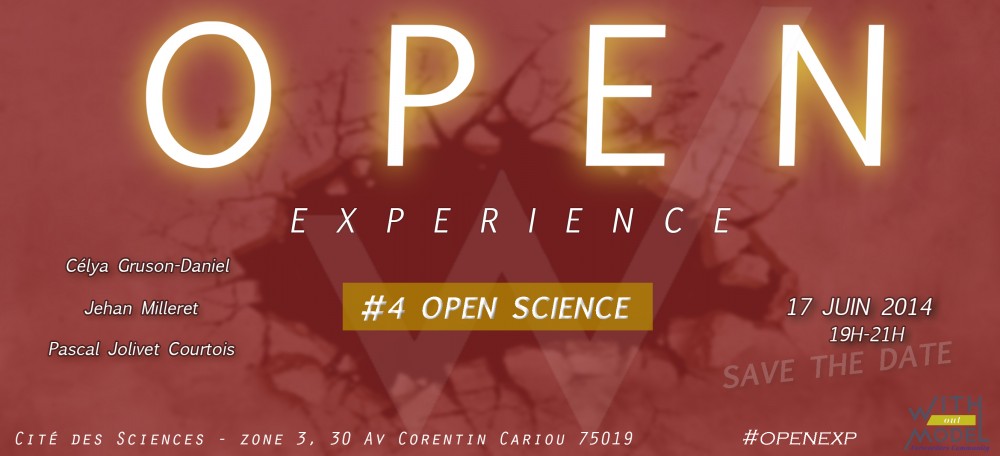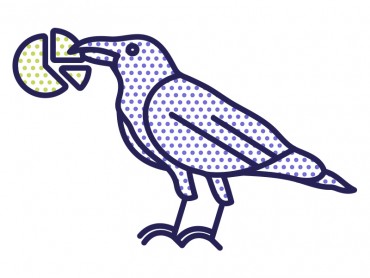This article is an excerpt of the book Open models published in French in 2014 and translated in 2016.
Shazino is a start-up developing innovative applications to improve knowledge sharing and collaboration between scientists. Shazino is part of the “Science 2.0” wave and Julien, its founder, explains here how the freemium model allowed him to address a large audience, while at the same time still generating revenue.
What is Shazino’s business model ?
Shazino offers various applications. Three are free and designed for biotechnologies (colony counter, a plasmides manager and a laboratory “timer”) and two other applications which generate most of our income.We took a chance on the first three apps to get traction which allowed us to then communicate on Papership and Hivebench. Both apps use the freemium model, meaning that part of the functionalities are free of charge. Papership is an iPhone / iPad app which can be added to a free reference management tool such as Zotero and Mendeley. For example, it facilitates the exchange of articles via SMS or email which are not open access without breaking the law. Papership helps scientists organize their articles, and makes them aware that they can’t do things like sharing them through a site without having the rights to do so. It is a way for us to change these barriers.
With Hivebench, our goal is to highlight open science. The platform is an online laboratory notebook. The open science version is free of charge and everything takes place online, in the cloud. In an informal way, we push the users to open their research online for the benefit of other communities. For that purpose, HiveBench is connected to other open science platforms such as FIgshare, PeerJ, ELife and F1000. We also created an open protocols database. If users wish to install Hivebench on their own server and add intellectual property, then they have to pay, and this mostly concerns laboratories and universities. The fee charged is compensated by the fact the system is closed and not accessible to the outside world.
What are the limits to openness ?
For me, we cannot make open science if we don’t endorse this approach ourselves. It is a question of ethics. So we decided to share a part of our projects in open source. Unfortunately without having much benefit in return because researchers do not easily understand this concept. In my opinion this situation leads to deviations, such as the scientific social network ResearchGate. Their model is closed but it advocates on the other hand for article sharing between scientists. In ppen source communities this situation would be impossible. But researchers often only look for a website’s design and its user experience without really considering the ethics or lack of that is behind it.
And why is only a part of the code open source ?
As we address communities which are not sensitive to this open source approach, if we opened everything, some companies might take the code without giving anything in return. I see open science just like the situation open source was 20 years ago. The leading actors in the research market, like publishers, are wondering about this model and do not really fully understand it. They see too much risk in it.
“If we opened everything, some companies might take the code without giving anything in return.”
They prefer to opt for open innovation. Meaning they create a consortium from 4 to 5 big actors, each of them collaborating in a specific section of the value chain.
In your view, what are the challenges that Open Science faces ?
In Shazino’s core markets biology and biotechnologies, numerous start-ups have developed themselves using the open science model, these include Figshare, Authorea etc… Here, big data and its management is at stake. Scientific publishers, such as Elsevier Nature Publishing group understood these stakes as well. They have started to buy start-ups and/or are creating partnerships. In my view, we will not disrupt these big publishers. On the other hand, the change will be that the business model of open science will not rely on paywalls but on data management. For open science, a major issue is rewarding researchers for these new sharing practices. Today, “open” work is not credited. The researcher is not sufficiently incentivized. We see for example that postdocs are the ones who actually share the least. Why? Because being a postdoc implies greater competition on the job market. Sharing your own data is not a criterion of evaluation in this selection.
Is there still reason for hope ?
Yes, European financing projects such as the Horizon 2020 in favor of open access and open data are a step in the right direction!
Interview by Célya Gruson-Daniel
Translation by Matthieu Le Chanjour with the help of Antoine Martin-Regniault


